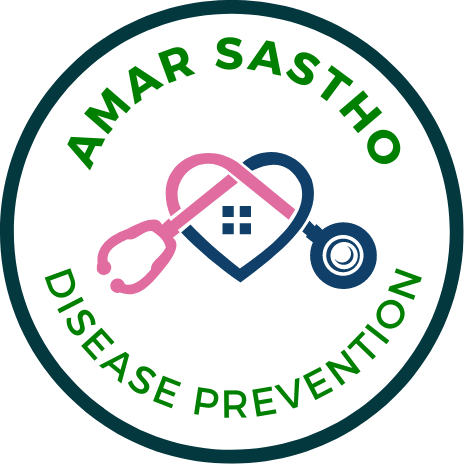Mint is a very popular and common herb that can be used in various food items. It is also very much available in any local market; even it can be grown in the home easily in a small container. Mint has one of the highest antioxidant capacities of any food.
Half an ounce (14 grams) of Mint leaf contains:
- Calories: 6
- Fiber: 1 gram
- Vitamin A: 12% of the RDI (Recommended Daily Intake)
- Iron: 9% of the RDI(Recommended Daily Intake)
- Manganese: 8% of the RDI(Recommended Daily Intake)
- Folate: 4% of the RDI(Recommended Daily Intake)
Benefits:
- The use of peppermint oil has been found to be an effective and safe treatment for those suffering from abdominal pain or discomfort associated with IBS. Irritable bowel syndrome (IBS) is a common digestive disorder. It is categorized by digestive symptoms like stomach pain, gas, bloating and changes in bowel habits.
- Breastfeeding offers significant benefits for both infant and parent, but it can cause pain and damage to the nipple. Eating Mint leaf or oil in various foods performs to be effective in preventing and treating nipple cracks and pain typically associated with breastfeeding.
- Mint contains menthol, a natural aromatic element that helps to break up lubricant and mucus, making it easier to expel. Menthol also has a cooling effect that can help relieve a sore throat, especially when combined with tea.
- Mint plants contain an antioxidant and anti-inflammatory agent called Rosmarinic acid. Which may help to treat allergies.
- Mint leaf or oil can speed up how quickly food moves through the stomach, relieving digestive symptoms associated with indigestion.


